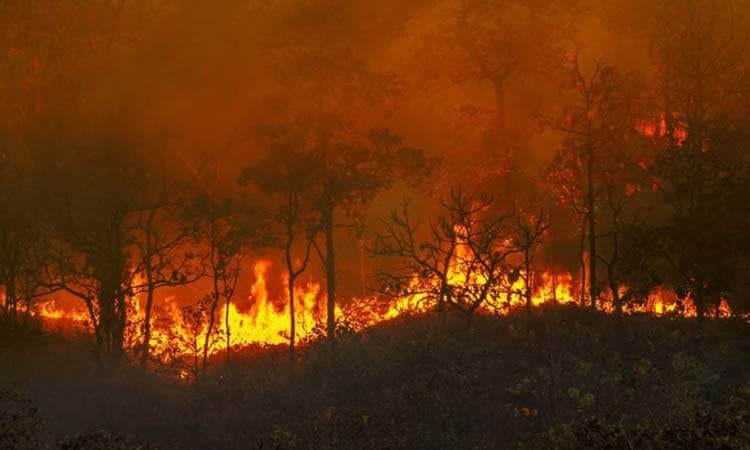



Article by: Hari Yellina (Orchard Tech)
Water sources contaminated by dead animals during a bushfire hold serious implications for on-farm food safety. That is one of the points to come out of a new fact sheet released from the Fresh Produce Safety Centre (FPSC). The FPSC’s latest fact sheet provides information for Australian and New Zealand food businesses about how bushfires can impact the safety and quality of fresh fruit and vegetables and what can be done in the event of a bushfire, for fruit and vegetable growers and producers.
FPSC chair Dr Andreas Klieber said the fact sheet was produced to help businesses understand the food safety risks associated with bushfires. This is the latest in a series of fact sheets produced by FPSC aimed to help the fresh produce industry in our region improve food safety, by preparing for and responding to food safety risks. The author of the fact sheet, associate professor Tina Bell of the Sydney Institute of Agriculture at the University of Sydney one of the key risks of bushfires for growers, after the immediate impact on human/animal health and property, is the impact of fire on water sources.
Water sources, including dams, creeks and rivers, can be contaminated by dead animals after a bushfire, and may also be impacted by chemical spills (due to damaged infrastructure) and increased sedimentation. Sediment slugs, resulting from ash and topsoil being washed into water bodies, are another risk after bushfire, as the fire may remove surrounding stabilising vegetation. Growers should continue to check water quality (microbiological and chemical) after a bushfire, as contamination from dead animals (large and small) and increased sedimentation is a continued risk.